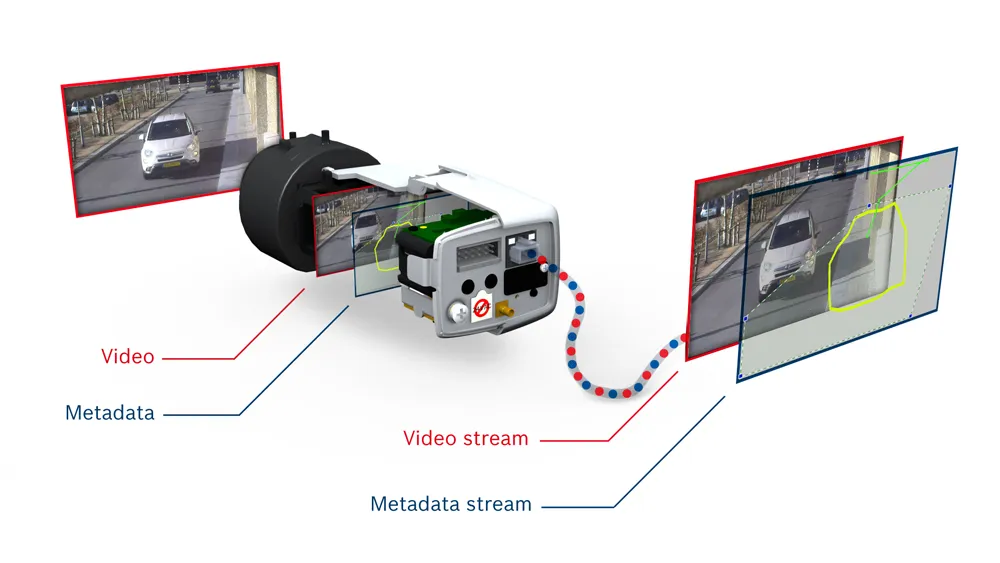The City Council’s traffic control centre will use the information gathered to respond in real time to incidents, reducing the impact of delay to road users particularly at key locations beside the Aberdeen Western Peripheral Route (AWPR).
Installed by Video Watchman Systems, the system will comprise of cameras and communications, linked to a central monitoring and control system at the traffic control centre.
The camera system will provide extensive coverage of all the key routes to quickly identify congestion and allow traffic control centre operators to implement remedial measures. This could include changing traffic signal timings, issuing traffic information on electronic messaging signs, traffic bulletins to media outlets and information on travel web pages. There is the potential to divert traffic on some heavily congested routes onto less congested routes.
The 16 new CCTV cameras are located at the optimum sites on the road network for monitoring traffic conditions, primarily at the busiest junctions or junctions with the greatest visibility of the corridor and at points where incidents would have the greatest impact on traffic
In addition to these CCTV cameras for traffic network monitoring, ACC also intends to install ANPR cameras on key traffic routes in and around Aberdeen for journey time monitoring. The journey time information will be used to alert operators when and where journeys are being delayed, which could indicate incidences on the roads network such as a vehicle collision, breakdown or general congestion.
New digital CCTV system to monitor traffic flow in Aberdeen
A new US$386,000 (£300,000) network of digital CCTV and automatic number plate recognition (ANPR) cameras, including automated alert systems, are being installed on key routes around Aberdeen, Scotland to monitor traffic flow and journey times.
May 31, 2017
Read time: 2 mins
A new US$386,000 (£300,000) network of digital CCTV and automatic number plate recognition (ANPR) cameras, including automated alert systems, are being installed on key routes around Aberdeen, Scotland to monitor traffic 8243 flow and journey times.










